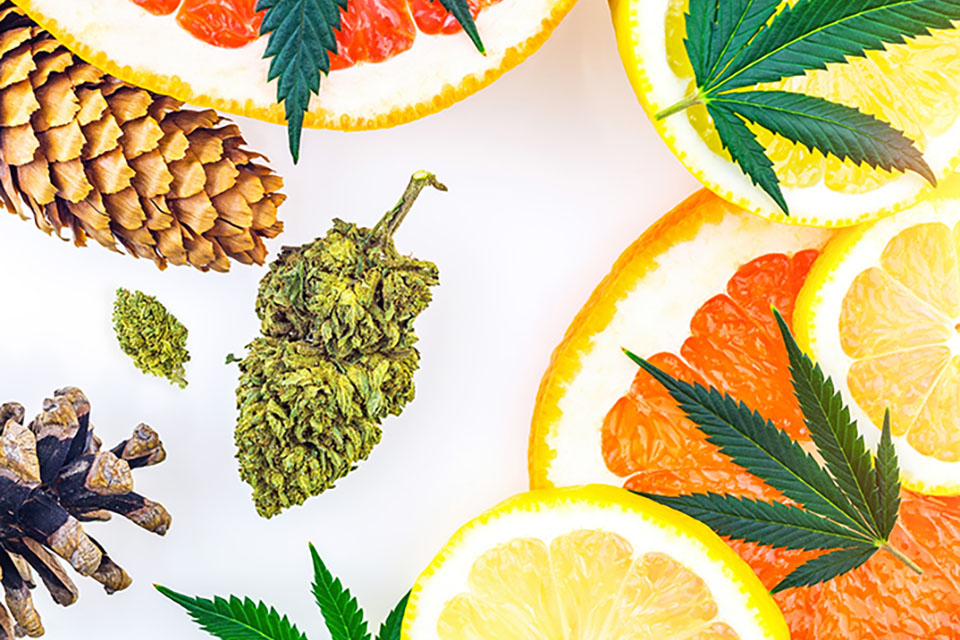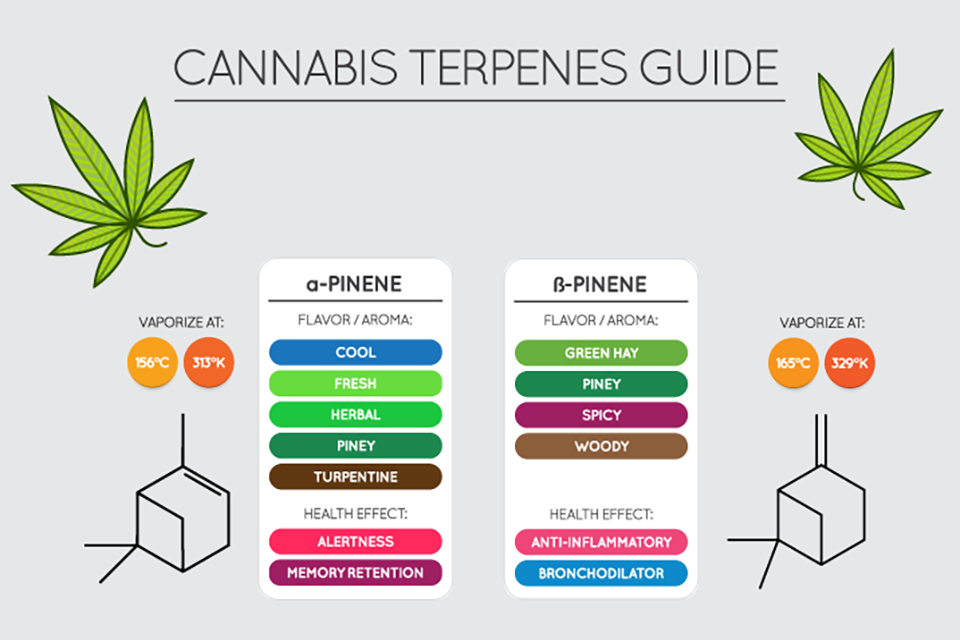
Each strain of cannabis is unique. Terpenes, like linalool, define a plant’s aroma and effects. Exploring linalool’s impact and benefits offers insights to enhance your cultivation practices and boost the appeal of your cannabis products. Whether you’re new to growing or expanding your expertise, understanding linalool can significantly influence your success.
What Are Cannabis Terpenes?
Cannabis terpenes are natural compounds found in the plant’s essential oils that help shape each strain’s unique aroma and flavor. These aromatic elements are responsible for the distinctive scents associated with cannabis, ranging from the citrusy sharpness of limonene to the earthy depth of myrcene.
Beyond their impact on scent, terpenes interact with cannabinoids like THC and CBD, potentially influencing how the plant affects the body. This interaction, often referred to as the “entourage effect,” can amplify or alter both psychoactive and therapeutic experiences. For cannabis cultivators, a deeper understanding of terpene profiles enables more targeted strain development, helping them align their cultivation practices with consumer tastes and evolving wellness trends.
An Introduction to Linalool
Linalool is a terpene that contributes a floral, lavender-like aroma to certain cannabis strains. This fragrant compound isn’t unique to cannabis—it’s found in over 200 plant species, including mint, cinnamon, and coriander. Its widespread presence highlights both its versatility and aromatic significance.
Linalool enriches cannabis’s scent profile, creating a soft, appealing fragrance that can make select strains more attractive to consumers. For new and potential cannabis growers, identifying linalool in their crops can set their products apart in a crowded market. Cultivating strains with high linalool content can align with consumer preferences for aromatic and potentially therapeutic cannabis.
The Effects of Linalool
Linalool has calming and sedative effects, making it a key player in strains designed to promote relaxation and ease stress. This terpene may influence neurotransmitters like serotonin, which are vital for mood and sleep regulation. For those seeking natural ways to manage anxiety or sleep issues, linalool-rich strains offer a promising option. These soothing effects enhance personal well-being and elevate the cannabis experience, making such strains popular among consumers.
Benefits of Linalool for Cannabis Growers
For cannabis cultivators, linalool offers more than just a pleasant scent. This terpene can elevate the profile of cannabis strains, providing cultivation benefits and a competitive edge in the market. By focusing on strains rich in linalool, growers can tap into a market that appreciates this compound’s sensory and therapeutic qualities.
Enhancing Strain Appeal
Linalool’s floral aroma attracts consumers and sets products apart in a crowded marketplace. As more people look for strains with specific terpene profiles, those with a high linalool content can appeal for their soothing scent and calming effects. This unique profile can boost demand and increase the market value of linalool-rich strains.
Linalool and Plant Health
Linalool also plays a role in the plant’s defense mechanisms. It acts as a natural insect repellent, helping to protect cannabis plants from pests that might otherwise damage crops. This terpene’s ability to deter certain insects can reduce the need for chemical pesticides, promoting a more organic cultivation process.
Additionally, linalool may help plants cope with environmental stressors such as temperature fluctuations or high humidity, contributing to their overall resilience. By incorporating linalool-rich strains into their cultivation practices, growers can potentially enjoy healthier plants with fewer interventions, leading to more sustainable and cost-effective farming.
How to Cultivate Cannabis Strains Rich in Linalool
To grow cannabis strains rich in linalool, start with the right genetics. Strains like Lavender and Amnesia Haze are known for their high linalool content, making them an excellent choice for growers focused on enhancing terpene profiles. These strains naturally produce more linalool, giving you a head start.
Environmental conditions aid in terpene development. Aim for stable temperatures and humidity levels that mimic the natural habitats of these plants. Moderate temperatures and good airflow can help linalool thrive. Keep stress levels in check; too much stress can decrease terpene production.
Nutrient management is also essential. A balanced nutrient regimen supports healthy growth and can boost terpene synthesis. Organic nutrients, in particular, might enhance the aromatic profile. Regularly monitor and adjust nutrient levels to ensure optimal plant health.
Breeding is another way to increase linalool content. By cross-breeding strains with high linalool levels, growers can develop new varieties that meet specific market demands. This boosts linalool concentration and allows for the creation of unique strains.
Maximizing Market Potential With Linalool-Rich Strains
For cannabis growers in the USA and Canada, especially those just entering the industry, familiarity with terpenes like linalool can provide a valuable edge. Known for its calming effects and floral scent, linalool enhances both the sensory appeal and perceived wellness benefits of cannabis. Cultivating strains rich in this terpene allows growers to offer distinctive products that resonate with today’s consumers.
Applying terpene knowledge to cultivation practices can support plant vitality and improve overall yields. As the cannabis market continues to evolve, staying informed about compounds like linalool positions growers to better align with shifting preferences and build long-term success.



